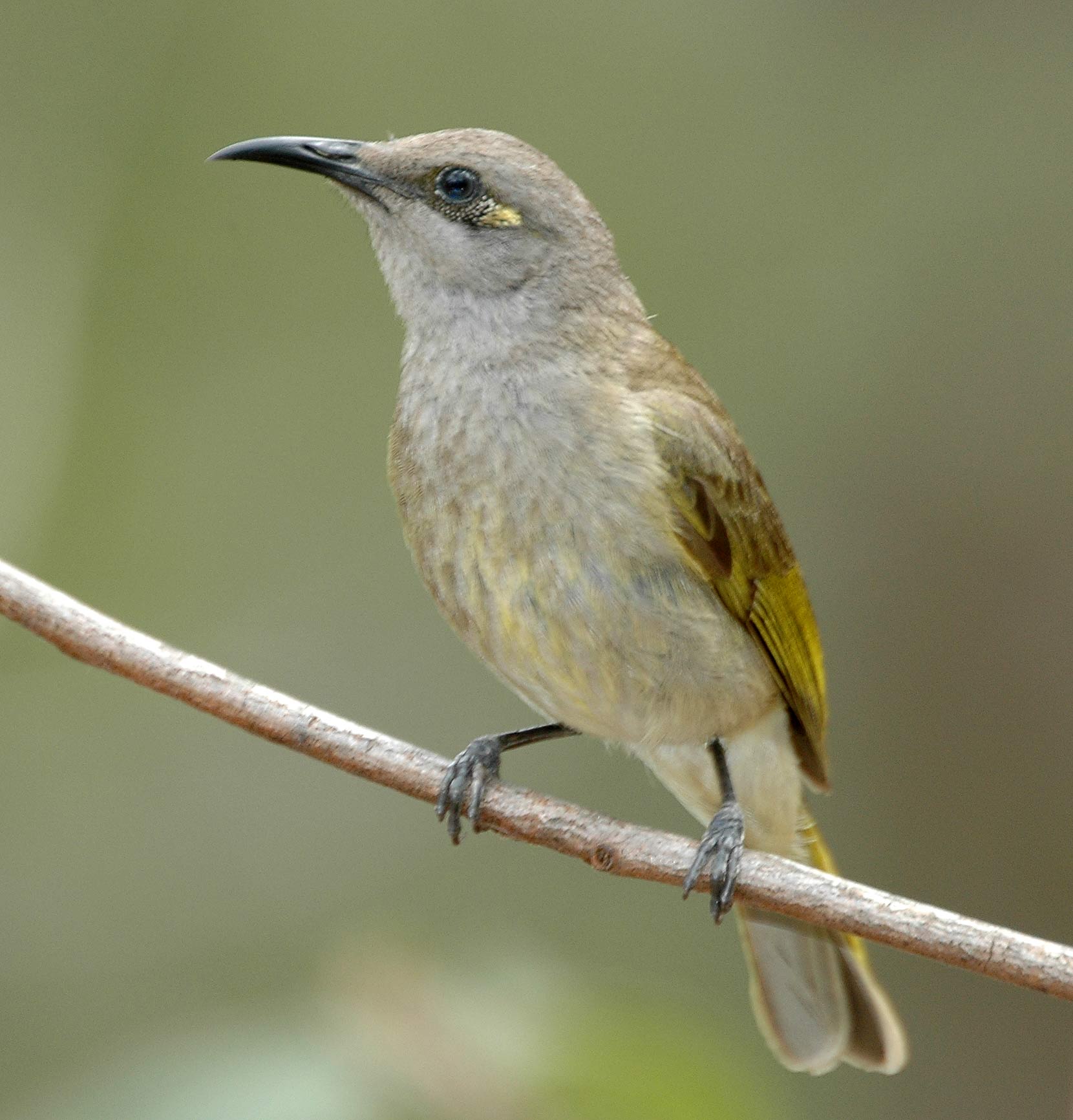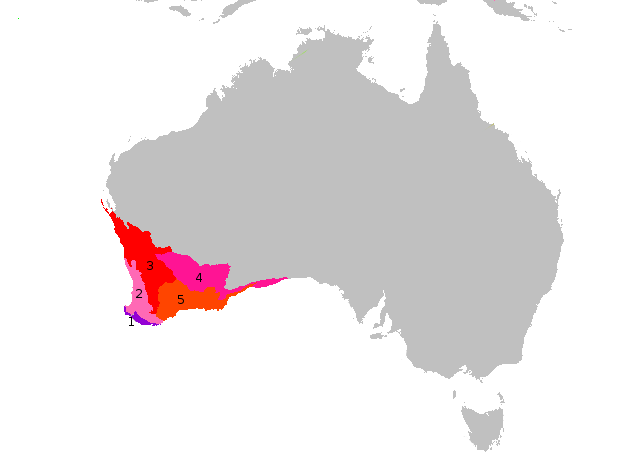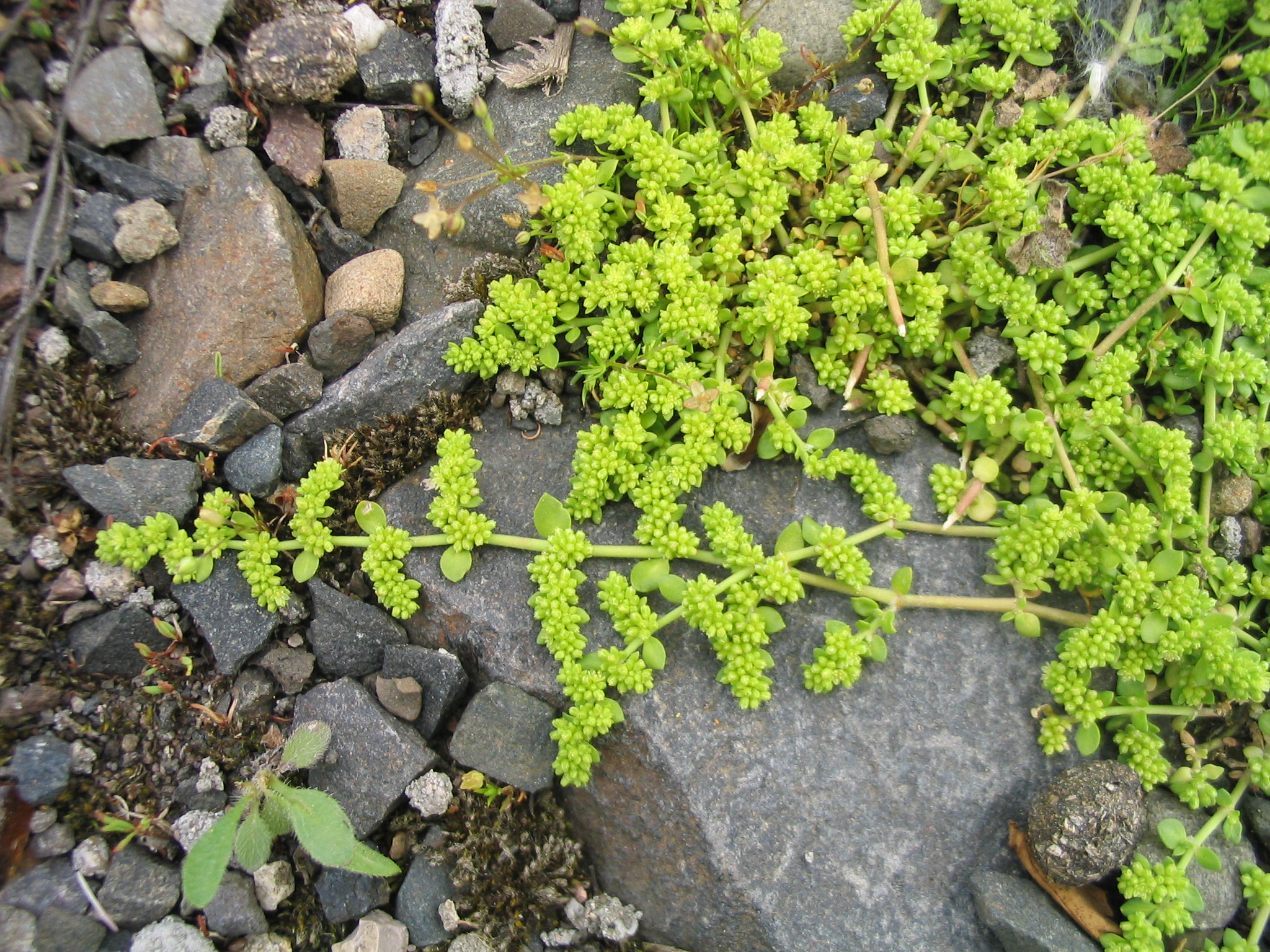|
Calothamnus Quadrifidus
''Calothamnus quadrifidus'', commonly known as one-sided bottlebrush, is a plant in the myrtle family, Myrtaceae and is endemic to the south-west of Western Australia. The common name alludes to the arrangement of the flowers in the inflorescence which line up on one side of the stem. It is a shrub with grey-green, pine-like foliage covered with soft hairs and red, four-part flowers in spring. Widely cultivated because of its attractive foliage, colourful, unusual and prolific flowers, it grows in a variety of habitats and soils. In 2010, Alex George published a review of the species based on recent research and described a number of new subspecies. (In 2014 Craven, Edwards and Cowley proposed that the species be renamed ''Melaleuca quadrifida''.) Description ''Calothamnus quadrifidus'' is a shrub which sometimes grows to a height of although usually much less and it sometimes has a lignotuber. Its leaves are variable, depending on subspecies, but usually long and wide, so ... [...More Info...] [...Related Items...] OR: [Wikipedia] [Google] [Baidu] |
Robert Brown (botanist, Born 1773)
Robert Brown (21 December 1773 – 10 June 1858) was a Scottish botanist and paleobotanist who made important contributions to botany largely through his pioneering use of the microscope. His contributions include one of the earliest detailed descriptions of the cell nucleus and cytoplasmic streaming; the observation of Brownian motion; early work on plant pollination and fertilisation, including being the first to recognise the fundamental difference between gymnosperms and angiosperms; and some of the earliest studies in palynology. He also made numerous contributions to plant taxonomy, notably erecting a number of plant families that are still accepted today; and numerous Australian plant genera and species, the fruit of his exploration of that continent with Matthew Flinders. Early life Robert Brown was born in Montrose, Scotland on 21 December 1773, in a house that existed on the site where Montrose Library currently stands. He was the son of James Brown, a ... [...More Info...] [...Related Items...] OR: [Wikipedia] [Google] [Baidu] |
John Sims (taxonomist)
John Sims (13 October 1749 – 26 February 1831) was an English physician and botanist. He was born in Canterbury, Kent and was subsequently educated at the Quaker school in Burford, Oxfordshire, he then went on to study medicine at Edinburgh University. Later in life he moved to London (1766) where he worked as a physician. Notably, he was called in to assist with Princess Charlotte of Wales (1796–1817), Princess Charlotte's labor, but mother and baby both died. He was the first editor of Curtis's Botanical Magazine. Early life Sims was born in Canterbury, Kent, the son of, Robert Courthope Sims (1720–1812), a physician, and Rebecca née Tritton (1723–c1781). His father was a member of the Society of Friends who published ''An Essay on the Nature and Constitution of Man'' . He was educated at the Quaker school in Burford, Oxfordshire, with additional instruction from his father. He studied medicine at Edinburgh University, obtaining his PhD in 1774. His dissertation ... [...More Info...] [...Related Items...] OR: [Wikipedia] [Google] [Baidu] |
White-cheeked Honeyeater
The white-cheeked honeyeater (''Phylidonyris niger'') is a species of honeyeater that inhabits the east coast and the south-west corner of Australia. It has a large white patch on its cheek, brown eyes, and a yellow panel on its wing. Taxonomy The white-cheeked honeyeater was species description, formally described by the German naturalist Johann Matthäus Bechstein in 1811. He placed it with the tree creepers in the genus ''Certhia'' and coined the binomial name ''Certhia nigra''. His account was based on "L'Héorotaire noir" that had been described and illustrated in 1802 by the French ornithologist Louis Pierre Vieillot. Bechstein specified the type locality (biology), type locality as "Neuholland", now Sydney, New South Wales. The white-cheeked honeyeater is now one of three species placed in the genus ''Phylidonyris'' that was introduced in 1830 by René Lesson. The generic name ''Phylidonyris'' combines the term ''Phylédon'' or ''Philédon'', used by the French naturalis ... [...More Info...] [...Related Items...] OR: [Wikipedia] [Google] [Baidu] |
Brown Honeyeater
The brown honeyeater (''Lichmera indistincta'') is a species of bird in the family Honeyeater, Meliphagidae. It belongs to the honeyeaters, a group of birds which have highly developed brush-tipped tongues adapted for nectar feeding. Honeyeaters are found mainly in Australia, New Guinea, and parts of Indonesia, but the brown honeyeater is unique in that it also occurs on the island of Bali, making it the only honeyeater to be found west of the Wallace Line, the biogeographical boundary between the Australian-Papuan and Oriental zoogeographical regions. It is a medium-small brownish bird, with yellow-olive panels in the tail and wing, and a yellow tuft behind the eye. It is widespread across western, northern and eastern Australia, New Guinea and surrounding islands, and the Lesser Sundas of Indonesia. Throughout this range, the brown honeyeater occupies a range of habitats from mangroves to eucalypt woodlands. It is seasonally nomadic within its local area, following flowering ... [...More Info...] [...Related Items...] OR: [Wikipedia] [Google] [Baidu] |
Honeyeater
The honeyeaters are a large and diverse family, Meliphagidae, of small to medium-sized birds. The family includes the Australian chats, myzomelas, friarbirds, wattlebirds, miners and melidectes. They are most common in Australia and New Guinea, and found also in New Zealand, the Pacific islands as far east as Samoa and Tonga, and the islands to the north and west of New Guinea known as Wallacea. Bali, on the other side of the Wallace Line, has a single species. In total, there are 186 species in 55 genera, roughly half of them native to Australia, many of the remainder occupying New Guinea. With their closest relatives, the Maluridae (Australian fairy-wrens), Pardalotidae (pardalotes), and Acanthizidae (thornbills, Australian warblers, scrubwrens, etc.), they comprise the superfamily Meliphagoidea and originated early in the evolutionary history of the oscine passerine radiation. Although honeyeaters look and behave very much like other nectar-feeding passerines aroun ... [...More Info...] [...Related Items...] OR: [Wikipedia] [Google] [Baidu] |
Western Honey Bee
The western honey bee or European honey bee (''Apis mellifera'') is the most common of the 7–12 species of honey bees worldwide. The genus name ''Apis'' is Latin for 'bee', and ''mellifera'' is the Latin for 'honey-bearing' or 'honey-carrying', referring to the species' production of honey. Like all honey bee species, the western honey bee is Eusociality, eusocial, creating Beehive, colonies with a single fertile female (or "Queen bee, queen"), many normally non-reproductive females or "workers", and a small proportion of fertile males or "Drone (bee), drones". Individual colonies can house tens of thousands of bees. Colony activities are organized by Bee learning and communication, complex communication between individuals, through both pheromones and the waggle dance. The western honey bee was one of the first Domestication, domesticated insects, and it is the primary species maintained by beekeepers to this day for both its honey production and pollination activities. With h ... [...More Info...] [...Related Items...] OR: [Wikipedia] [Google] [Baidu] |
Southwest Australia
Southwest Australia is a biogeographic region in Western Australia. It includes the Mediterranean-climate area of southwestern Australia, which is home to a diverse and distinctive flora and fauna. The region is also known as the Southwest Australia Global Diversity Hotspot. Geography The region includes the Mediterranean forests, woodlands, and scrub ecoregions of Western Australia. The region covers 356,717 km2, consisting of a broad coastal plain 20–120 kilometres wide, transitioning to gently undulating uplands made up of weathered granite, gneiss and laterite. Bluff Knoll in the Stirling Range is the highest peak in the region, at 1,099 metres (3,606 ft) elevation. Desert and xeric shrublands lie to the north and east across the centre of Australia, separating Southwest Australia from the other Mediterranean and humid-climate regions of the continent. Climate The region has a wet-winter, dry-summer Mediterranean climate, one of five such regions in the worl ... [...More Info...] [...Related Items...] OR: [Wikipedia] [Google] [Baidu] |
Glabrousness
Glabrousness () is the technical term for a lack of hair, down, setae, trichomes, or other such covering. A glabrous surface may be a natural characteristic of all or part of a plant or animal, or be due to loss because of a physical condition, such as alopecia universalis in humans, which causes hair to fall out or not regrow. In botany Glabrousness or otherwise, of leaves, stems, and fruit is a feature commonly mentioned in plant keys; in botany and mycology, a ''glabrous'' morphological feature is one that is smooth and may be glossy. It has no bristles or hair-like structures such as trichomes. In anything like the zoological sense, no plants or fungi have hair or wool, although some structures may resemble such materials. The term "glabrous" strictly applies only to features that lack trichomes at all times. When an organ bears trichomes at first, but loses them with age, the term used is ''glabrescent''. In the model plant ''Arabidopsis thaliana'', trichome formation ... [...More Info...] [...Related Items...] OR: [Wikipedia] [Google] [Baidu] |
Hypanthium
In angiosperms, a hypanthium or floral cup is a structure where basal portions of the Sepal, calyx, the petal, corolla, and the stamens form a cup-shaped tube. It is sometimes called a floral tube, a term that is also used for corolla tube and calyx tube."Lecture 7 – Pharmacognosy and Botany (1st Semester)" ''Azerbaijan Medical University'', n.d. Accessed May 9, 2025. It often contains the nectaries of the plant. It is present in many plant families, although varies in structural dimensions and appearance. This differentiation between the hypanthium in particular species is useful for plant identification, identification. Some geometry, geometric forms are obconic shapes, as in heteromeles, toyon (''Heteromeles''), whereas some are saucer-shaped, as in ''Mitella caulescens''. Its presence is diagnostic of many family (biology), families, including the Rosaceae, Grossulariaceae, and Fabaceae. In some cases, it can be so deep, with such a narrow top, that the flower can appear to h ... [...More Info...] [...Related Items...] OR: [Wikipedia] [Google] [Baidu] |
George Bentham
George Bentham (22 September 1800 – 10 September 1884) was an English botanist, described by the weed botanist Duane Isely as "the premier systematic botanist of the nineteenth century". Born into a distinguished family, he initially studied law, but had a fascination with botany from an early age, which he soon pursued, becoming president of the Linnaean Society in 1861, and a fellow of the Royal Society in 1862. He was the author of a number of important botanical works, particularly flora. He is best known for his taxonomic classification of plants in collaboration with Joseph Dalton Hooker, his ''Genera Plantarum'' (1862–1883). He died in London in 1884. Life Bentham was born in Stoke, Plymouth, on 22 September 1800. His father, Sir Samuel Bentham, a naval architect, was the only brother of Jeremy Bentham to survive into adulthood. His mother, Mary Sophia Bentham, was a botanist and author. Bentham had no formal education but had a remarkable linguistic aptitude. By ... [...More Info...] [...Related Items...] OR: [Wikipedia] [Google] [Baidu] |
Ferdinand Von Mueller
Baron Sir Ferdinand Jacob Heinrich von Mueller, (; 30 June 1825 – 10 October 1896) was a German-Australian physician, geographer, and most notably, a botanist. He was appointed government botanist for the then colony of Victoria, Australia by Governor Charles La Trobe in 1853, and later director of the Royal Botanic Gardens in Melbourne. He also founded the National Herbarium of Victoria. He named many Australian plants. Early life Mueller was born at Rostock, in the Grand Duchy of Mecklenburg-Schwerin. After the early death of his parents, Frederick and Louisa, his grandparents gave him a good education in Tönning, Schleswig. Apprenticed to a chemist at the age of 15, he passed his pharmaceutical examinations and studied botany under Professor Ernst Ferdinand Nolte (1791–1875) at Kiel University. In 1847, he received his degree of Doctor of Philosophy from Kiel for a thesis on the plants of the southern regions of Schleswig. Mueller's sister Bertha had been advi ... [...More Info...] [...Related Items...] OR: [Wikipedia] [Google] [Baidu] |









